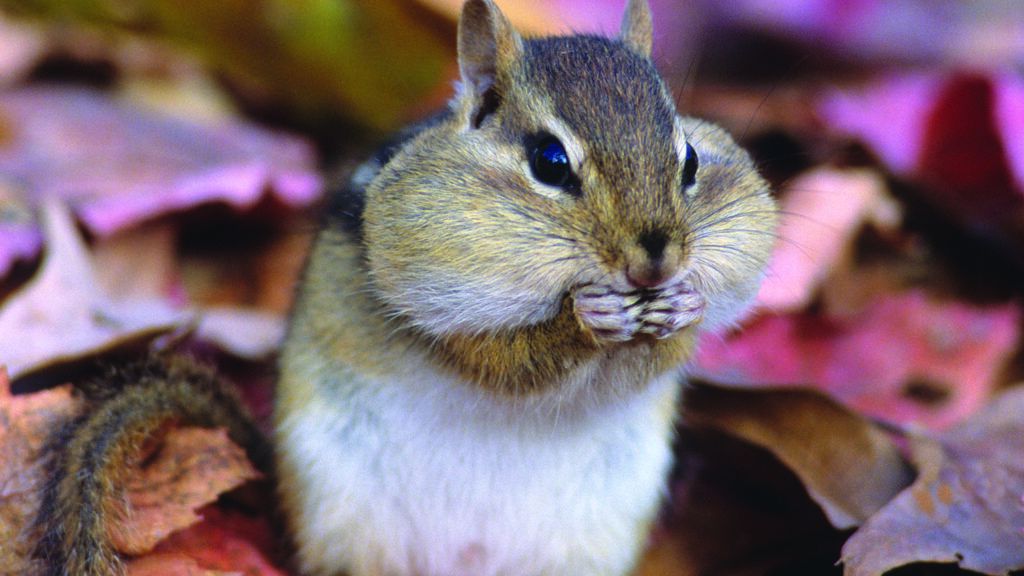On cold, dark days, are you tempted to curl up for a long winter’s nap? Some animals do, but for them, it’s critical. Here’s what you need to know about hibernation and the creatures that do it.
What Happens?
Wild animals have developed a variety of strategies to help them survive adverse winter conditions such as frigid temperatures, snow and ice, and a scarcity of food. Some hide food stashes in preparation for the cold months. Some migrate to warmer climates. And others hibernate—a means of lowering their metabolism in order to conserve energy and store fat.
Hibernating is not the same as sleeping. These animals enter an extended state of torpor (decreased physiological activity). Their body temperature drops, and their breathing and heart rate slow, often dramatically. An Arctic ground squirrel’s temperature can fall to –2.9 degrees Celsius, and a bat’s heart rate can slow from hundreds of beats per minute to just 11. The heart of a hibernating wood frog actually stops beating.
Which Animals Do It and How?
Bears are probably the first animals you think of when it comes to hibernation. Because they are easily roused, though, some scientists don’t consider them true hibernators. Skunks fall into this category too.
Small mammals, such as dormice, are the most typical hibernators. This is because their little bodies make it more difficult for them to stay warm in cold weather. Other mammals that lie dormant are chipmunks, hedgehogs and groundhogs.
Bumblebees hibernate—but only the queen bee, who digs a hole in the ground and stays there until spring arrives.
Some snakes sleep through the winter, with hundreds together to share body heat. Bats huddle together in caves. Box turtles hibernate in underground burrows, and wood frogs cozy up in hollow logs or leaf piles. Hibernating animals are usually well hidden. If you come upon one in your yard or while you’re hiking, it’s important not to disturb it. Waking up from hibernation requires a lot of energy. Don’t deplete hibernating animals of that energy, which is essential for their survival.
What Can We Learn?
Hibernation is an amazing adaptation, allowing animals to survive without damage to their body systems. Understanding how that’s possible can give scientists insight into human conditions. We can learn how cells survive very cold temperatures, enabling doctors to better preserve human tissues for transplants. We can get clues for treating muscle disorders and degenerative bone diseases since hibernators don’t experience muscle and bone deterioration.
Studying hibernation may also help us better understand neurodegenerative diseases. Research shows that a particular protein associated with Alzheimer’s disease is renewed in the brain cells of some hibernating animals, such as squirrels, during their deep sleep.
That leads to the question: Could people hibernate? Most scientists say no, but ever since lemurs were discovered to do so, some experts have wondered if a human hibernation-like state is possible, because lemurs are primates that are genetically similar to us. For now, though, if you need to conserve some energy this winter, a nap will do.
Did you enjoy this story? Subscribe to All Creatures magazine.





